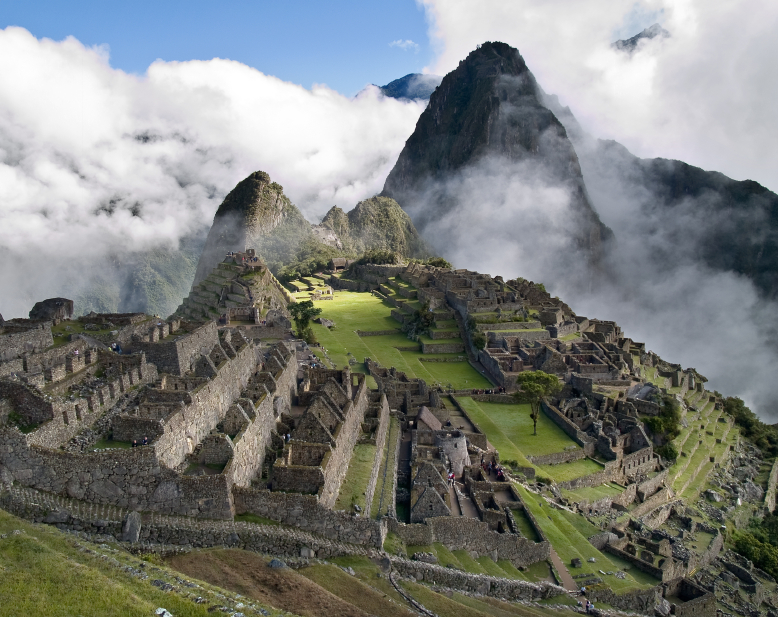 |
Photograph Robyn Beck/AFP/Getty
images
|
Arguably one of Tello´s greatest contributions to archaeology was his work at Chavin de Huantar, and his travels frequently took him through the beautiful Callejón de Huaylas in the mountains of Ancash. The stunning landscape is home to some equally picturesque inhabitants that Hernan delights in describing in the Anecdotes.
Hernan loved to poke fun at small town manners and conventions. When I arrived in Peru´s capital city many years later things had changed. But when I stepped off the plane and found myself thrust into the heart of what was still, in some ways, a very conservative Andean family, there was still plenty of room for disaster.
Hernan loved to poke fun at small town manners and conventions. When I arrived in Peru´s capital city many years later things had changed. But when I stepped off the plane and found myself thrust into the heart of what was still, in some ways, a very conservative Andean family, there was still plenty of room for disaster.
Hernan´s hankering for a freer kind of life had launched him on the adventures I was reading about more than half a century later, and his sense of humour, which shone through in stories like this one, was a breath of fresh air.
It felt like I had found a kindred spirit.
Mummies or daddies
In which things get a little saucy at the home of the sisters
On one of his regular visits to the beautiful Huaylas canyon valley, Tello arrived at one of Ancash's many charming country towns. As always, the first thing he did was to set about finding any local archaeology aficionados.
It felt like I had found a kindred spirit.
Mummies or daddies
In which things get a little saucy at the home of the sisters
On one of his regular visits to the beautiful Huaylas canyon valley, Tello arrived at one of Ancash's many charming country towns. As always, the first thing he did was to set about finding any local archaeology aficionados.


.jpg)




